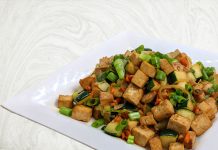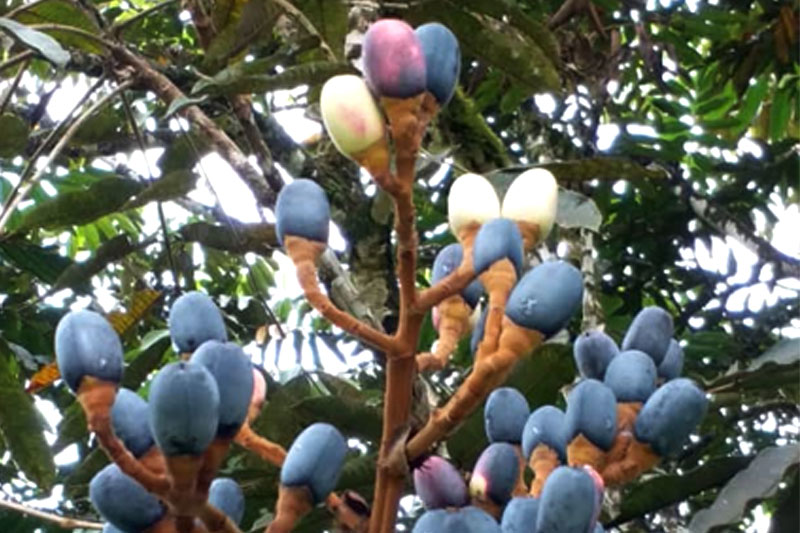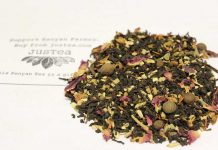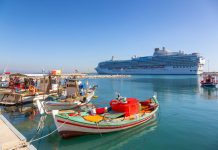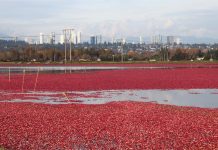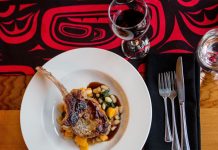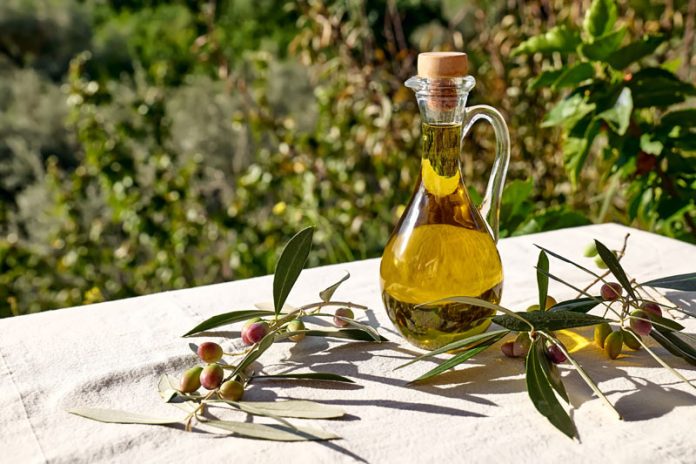
The question deserves scrutiny. As demand and prices for olive oil soar, so does mislabelling and adulteration. Consumers often struggle to differentiate between authentic and fake olive oil?
Suppliers have adulterated olive oil for centuries. It likely began when the Phoenicians first cultivated olive tree in southern Italy to supply oil-hungry Mesopotamians and Egyptians.
In the New York Times best-seller, Extra Virginity, author, Tom Mueller exposes the global olive oil fraud. He chronicles the deceit and crime in the business, and how producers, activists, chemists, and chefs are fighting to save the remarkable oil. The liquid gold that has rightly earned the name Extra Virgin.
Health Benefits
Dr. Simona D’Amore from the Bari-Italy National Cancer Institute, says olive oil contains about 85% oleic acid. It’s a component of the Mediterranean diet, and has anti-inflammatory, antioxidants and anti-thrombotic properties.
Dr. John Spinelli, BC Cancer Control Research Scientist says the Mediterranean Diet supports reduction in cancer and cardiovascular risks. A European study revealed its aroma can control satiety, slow hunger, and decrease nibbles between meals.
Extra-Virgin
Extra-virgin olive oil (EVOO) is the highest grade, followed by virgin and regular olive oil. Freshly picked olives must be cold pressed mechanical (under 27°C without solvent), and bottled within 24 hours of harvesting to produce EVOO. This grade has a fairly low smoke point and is best consumed cold.
In this video, Pietro De Pasquale from Tenuta Vantaggiani, Puglia speaks about his organic extra virgin olive oils. He says the oil contain extremely high polyphenols (powerful antioxidants) with very low acidity level of 0.2 versus the standard 0.8 for EVOO grade.
Buyers Beware
In 2014, the International Olive Council reported that Italians, Spaniards, and Americans were the world’s biggest olive oil consumers.
Many olive oil brands labelled as Extra Virgin misrepresent the oil to profit from its nutritional and health benefits. Suppliers often adulterate these oils with cheaper oils, such as lampante (from spoiled olives dropped from trees) or vegetable oils like safflower, soybean, or canola. In one case, a fraud ring added chlorophyll to colour low-grade soybean or canola oil, flavoured with beta-carotene.
In June 2015, a US federal judge approved two class action lawsuits against Filippo Berio and Safeway’s Select Brand for deceptive advertising about their olive oil’s origin and content. A separate lawsuit filed against Deoleo USA, makers of Bertolli and Carapelli brands, accused them of false advertising and misrepresentation.
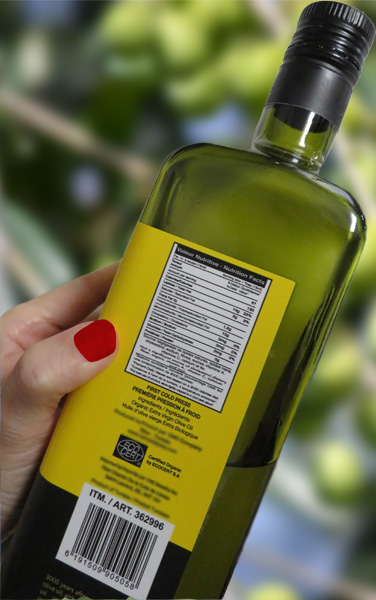
Read the Label
“Reading the label is very important, and it must say extra virgin olive oil. In Italy, the best certified olive oil is Extra Virgin with the DOP (Denominazione Origine Protetta) label.” writes famed truffle chef Carlo Zarri of Pedimont-Italy.
Any oil labelled “pure,” “light,” or “pomace” has been refined with chemicals, losing its health qualities. Authentic EVOO includes an expiry and harvest date and loses quality over time.
Related: Piedmontese Ravioli
Some labels even list the olive farm’s name. A bitter, peppery taste indicates high polyphenol content and freshness. Quality oil is packaged in dark, tight containers to prevent oxidation and should be stored in a cool, dark place.
The International Olive Council recognizes the Canadian Food Inspection Agency (CFIA) lab in Ottawa as the only accredited chemical testing lab in North America to conduct in-depth analysis of olive oil.
To learn more about olive oils, go to International Olive Council.
Posted: September 24, 2015 | Updated: January 06, 2025





